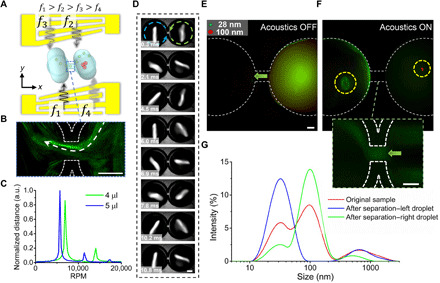Fig. 5. Particle separation and transport via a dual-droplet acoustofluidic centrifuge.

(A) Schematic of the dual-droplet acoustofluidic centrifuge. This dual-droplet functionality is achieved using binary frequency shift keying, which involves sequentially shifting between two frequencies for each IDT. With a high shifting frequency, two droplets can be rotated simultaneously. The two droplets are connected by a microchannel, which serves as the passage for particle transport. Here, the specific frequencies are 15.3 MHz (f4), 15.7 MHz (f3), 20.3 MHz (f2), and 21.7 MHz (f1), with a shifting frequency of 100 kHz. (B) A composite image showing the particle trajectory through the center channel. (C) The Fourier transform of the waveform plot of a fixed point on the droplet as it spins, indicating the peak rotational frequency of the two droplets with different volumes. (D) Image sequence showing the top view of dual-droplet acoustofluidic centrifuge. Fluorescence images (E) before and (F) after the acoustic signal is turned on, showing the nanoparticle separation and transport from one droplet to another. Inset: Fluorescence image of the middle channel indicating the particle transport process. (G) Particle size distribution comparison between the pre- and postseparation samples. The original sample, which was placed into the right droplet, has two peaks at 28 and 100 nm. After separation, most of the 28-nm particles have been separated and have been transported to the left droplet, which has only one peak at 28 nm. Scale bars, 200 μm.
